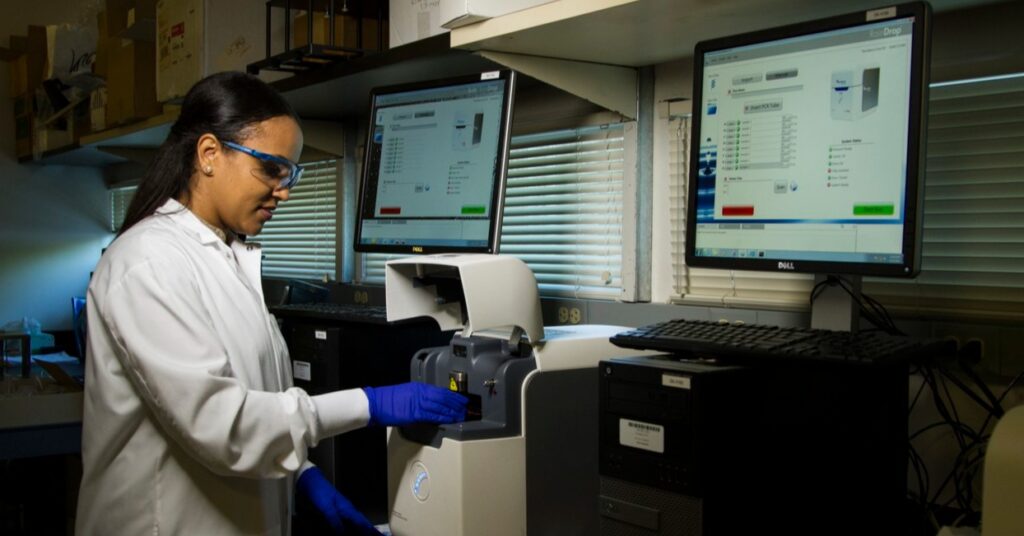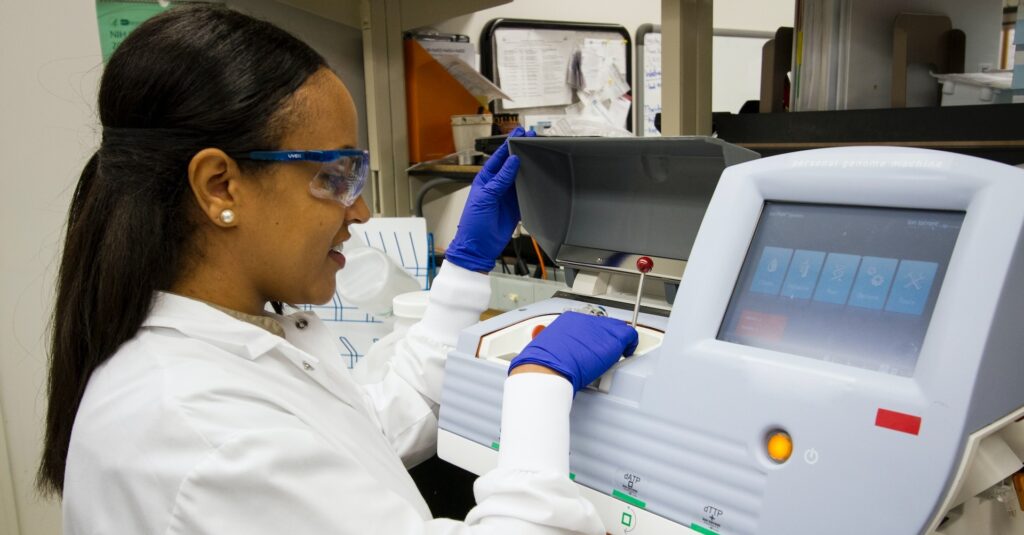
What Is the Epidemiological Triangle?
The epidemiological triad or triangle is an organized methodology used [...]
For the first time in nearly 25 years, the MCAT has undergone a number of changes. This news has gotten some pre-meds concerned, but I’m here to tell you not to worry — fundamentally, the way the exam functions isn’t that far off from what you would have encountered previously.
The most significant differences of the 2015 MCAT are the addition of a new section called Psychological, Social, and Biological Foundations of Behavior — a change that increases the total number of exam sections to four — and a revised scoring system for the test. There are also a number of modifications to the natural sciences and Critical Analysis and Reasoning portions that are designed to reflect new demands in the field of medicine.
Let’s take a closer look at the new MCAT scoring.
Before the 2015 changes, the MCAT was scored on a scale of 3–45, with three sections each worth a maximum of 15 points. With the addition of the new section, Psychological, Social, and Biological Foundations of Behavior, it became necessary to overhaul the exam scoring.
Each of the four sections is now scored from a low of 118 to a high of 132, resulting in a new total range between 472–528 for the entire exam. 500 is the new median score, and whereas the average score would previously have been a 25, under this new system, it’s expected that the 50th percentile will fall in the 500-range.
In spite of this new scale, the scoring of the exam is still fundamentally the same: There are 15 possible scores on each section, and the composite score is calculated by adding together the scores from each section. (You can easily translate an old MCAT score to the 2015 system by simply adding 117 to the score you received on each section of the old exam to determine what your composite score would be on the new one.)
Now, you may be wondering, “Why are they doing this? Isn’t this just arbitrary?” Well, not quite.
Since a new section was added, the American Association of Medical Colleges (AAMC) took this opportunity to overhaul the scoring for the exam. With a score of 500 expected to be the average, the new method will allow AAMC to convert scores into percentiles and produce bell curves readily — as well as to scale scores among test-takers.
Of course, we don’t yet know what these new scores will look like. The scoring charts AAMC has published show an anticipated average around 500, but the final result will depend on how the general test-taking body does. So, the main questions are what effect the addition of the fourth section will have on the composite score, and what the 50th percentile will be for the new composite.
The new MCAT scoring shouldn’t present problems for test takers. Remember that the range of possible scores on each section is still the same — that is, a spread of 15 possible points between 118 and 132. The factor that testers do need to consider is the inclusion of the new section because this change increases the possible composite score by 15 points, which is both good and bad. It can help because you’ll have more points to work with and more of a cushion if you make any mistakes (since there are more overall points possible, each error has less of an impact on your composite score). The downsides, though, are that the test is now longer with this addition, and given that there will be four scores instead of three in the composite, the scores are a bit more unstable than they were on the previous exam.
In short, you shouldn’t worry about the 2015 MCAT any more than you would have the old version. But — don’t study as you would have for the old test, either. With the addition of a new section that testers have not encountered before, the material and length of the exam are likely to affect results. This exam’s test preparation include a strong focus on social and cultural influences on medicine, and you’ll need to plan your new elements accordingly. If you believe you would have done well on the old MCAT, this new section and the exam’s other changes may present challenges for some test takers. That said, with plenty of focused studying, students will be able to succeed just as well as in the past.
This ought to be a very interesting year for medical school admissions since both prospective students and admission committee members will be adjusting to the new scoring. AAMC asserts that the new system will not have a big effect on how candidates are evaluated. Still, these scores will be new to admissions committee members, and the officials will initially need to rely largely on percentile rankings to determine how strong an applicant’s score is.
One of the outstanding questions about the MCAT changes is how admissions committee members will weigh these new scores compared to older ones. That is, will they have similar expectations of applicants? We’ll learn more once AAMC releases the averages for the 2015 exams and we see if the scores for the old and the new MCAT neatly line up — but I expect they won’t.
To learn more, check out profiles of different medical schools in the U.S. on Noodle, and find more general advice about choosing a med school program from Noodle Experts like Don Osborne.
Questions or feedback? Email editor@noodle.com

The epidemiological triad or triangle is an organized methodology used [...]

A family nurse practitioner (FNP) provides comprehensive primary health care [...]

FNPs practice in a broad range of health care settings. [...]

Some epidemiologists assist pharmaceutical companies in developing safer medicines. Some [...]

Certifications certainly boost one's resume, demonstrating advanced proficiency in a [...]
Categorized as: Medicine, Nursing & Healthcare